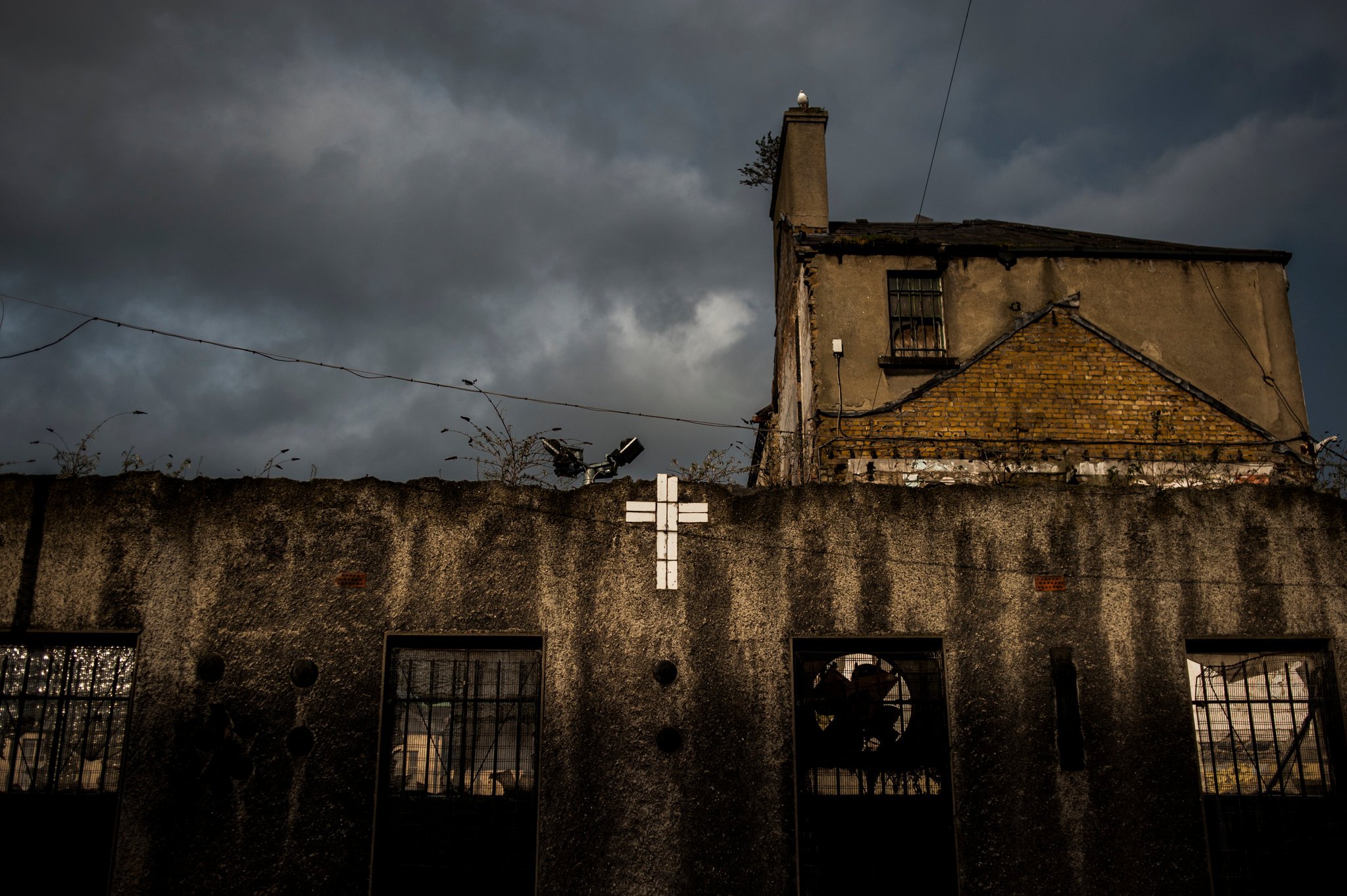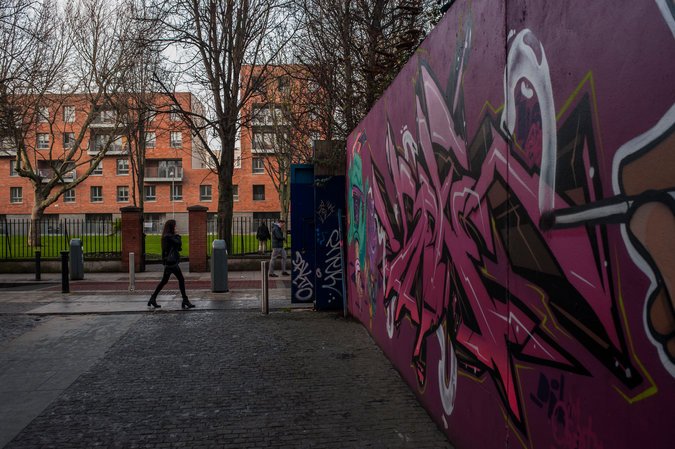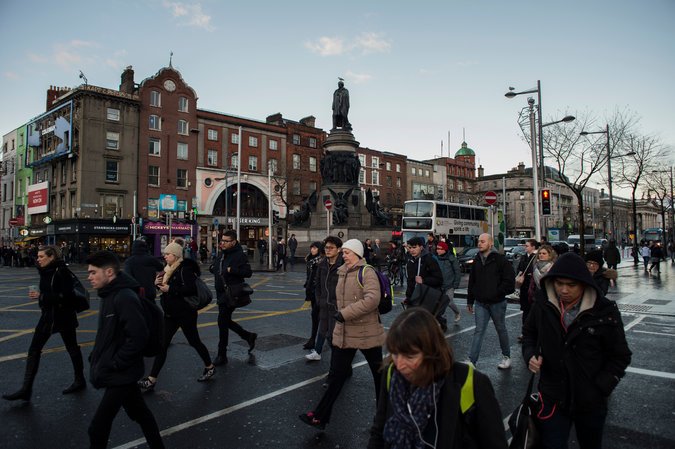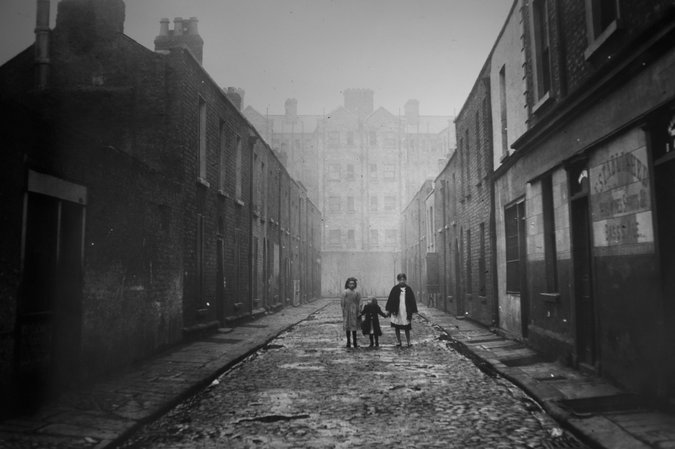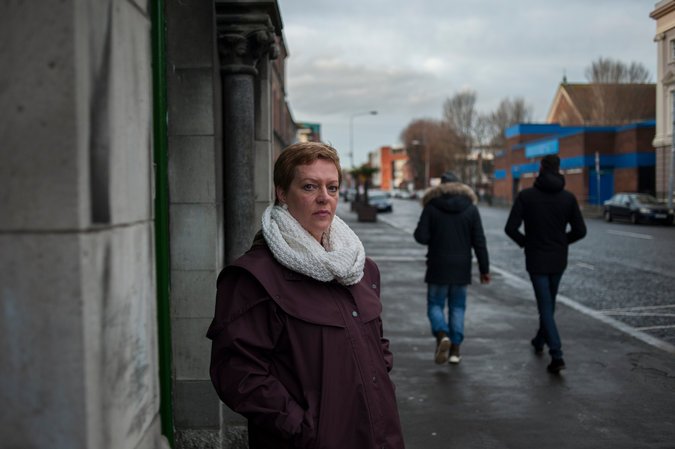A Blot on Ireland’s Past, Facing Demolition
By Ed O'Loughlinjan
The General Post Office in Dublin, center of the 1916 rebellion against British rule, is today a shrine to Irish freedom. Three blocks to the east, on a quiet, run-down side street, stands a monument to a very different side of Irish history — though maybe not for long. The old Gloucester Street laundry, the last of Ireland’s infamous Magdalene Laundries to shut its doors, will soon be demolished and replaced by a budget hotel and a student residence — if the City Council has its way. Founded in the 19th century, the Gloucester Street laundry was one of around a dozen such businesses run by Roman Catholic nuns and staffed by unpaid inmates — mostly orphan girls or young women who had become pregnant outside marriage or whose families could not or would not support them — who were given to the nuns to hide them away. Owned most recently by the Sisters of Our Lady of Charity of Refuge, the Gloucester Street laundry usually had around 100 workers at any one time. It took in its last new inmate — transferred from a psychiatric hospital — as recently as 1995, then closed the following year.
The Magdalene women endured many of the same hardships as the inmates of the brutal church-run “industrial schools” for delinquent or unwanted children, and the “mother and baby homes,” where unmarried pregnant women were warehoused until their children were born (and then often taken for adoption). Poor nutrition and hygiene, cold and damp lodgings and little or no medical supervision were the norm. The work in those walled-off institutions was backbreaking and often required handling dangerous chemicals. Mortality rates were high. Of those who died, many were buried in communal graves, sometimes unmarked and unrecorded. In the 1990s, for example, builders redeveloping part of the former High Park laundry in north Dublin discovered the bodies of 155 women in a mass grave on the site. A third of them had been buried without death certificates. A few are still unknown. Catherine Corless, a dogged local historian, made global headlines in 2014 when she published evidence that 796 infants had died between 1925 and 1961 at a mother and baby home in Tuam, in County Galway. Remains of some were found in what appeared to be a septic tank.
Rocked by such scandals, and by revelations of clerical sexual abuse, the Roman Catholic Church has lost much of its former authority in Ireland. Laundries, industrial schools, and mother and baby homes have all disappeared, and the Gloucester Street laundry is now one of the last physical reminders of this Irish gulag archipelago. It is also, as it happens, among the final relics of a very different, yet complementary, secret Irish history, a parallel system for controlling and exploiting inconvenient lives. The back gate of the Gloucester Street laundry, where the delivery vans once came and went, is on Railway Street, formerly called Mecklenburg Street. In 1904, Mecklenburg Street was a terrace of grand but fading Georgian houses, and it was here that James Joyce set the “nighttown” section of his novel “Ulysses,” a phantasmagoric visit to a brothel run by “a massive whoremistress” called Bella Cohen. She was a historical figure. And Mecklenburg Street was the heart of a square mile of brothels, speakeasies and slums that took its informal name — Monto — from Montgomery Street, the next street over. It was here, when southern Ireland was still part of the United Kingdom, and when Dublin was a major garrison town of the British Empire, that the authorities tolerated, even encouraged, what was often described as the biggest red-light district in Europe. Monto was a last resort for runaways, widows and abandoned wives. Madams like Bella Cohen controlled them with violence and money, keeping them in debt to pay for clothes and lodgings. As they left their prime teen years, lost their health and their looks, the women passed from “flash houses” for the wealthy to the cheap “shilling houses” and then to the alleys. Those who became pregnant were dumped on the street.
In 1921, following the Irish War of Independence, the British Army withdrew from southern Ireland and Monto lost a big chunk of its customer base. The new Irish Free State, overwhelmingly Roman Catholic, fell under the social control of the bishops, and prostitution was driven underground. On March 12, 1925, the police raided Monto and closed down what remained, aided by volunteers from a Roman Catholic relief agency, the Legion of Mary. Since then, almost all the old Monto buildings have been demolished and replaced with public housing or private developments. According to a local historian, Terry Fagan, who does walking tours of the old Monto, the Gloucester Street site is among a handful of buildings left from that era. Even the street names have mostly been changed — Gloucester Street is now Sean MacDermott Street, named after a hero of the 1916 uprising. While poverty has been greatly reduced, the area remains relatively deprived, the center of a heroin epidemic that exploded in Dublin in the 1970s. Addicts and dealers haunt corners and squares where prostitutes once plied their trade. Today, the Monto area has faded into folklore, along with the names and lives of its women. One half-remembered streetwalker, Lily of the Lamplight, used to sing to herself under the streetlight where she waited for custom. Long after she was gone, her name passed, by some strange osmosis, into the English version of a wartime German love song, “Lili Marlene.”
|
.
Any original material on these pages is copyright © BishopAccountability.org 2004. Reproduce freely with attribution.
